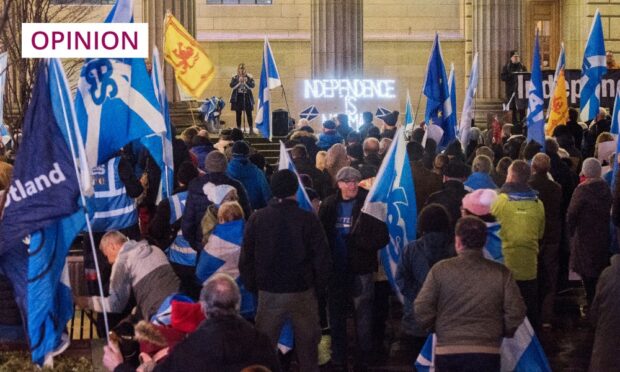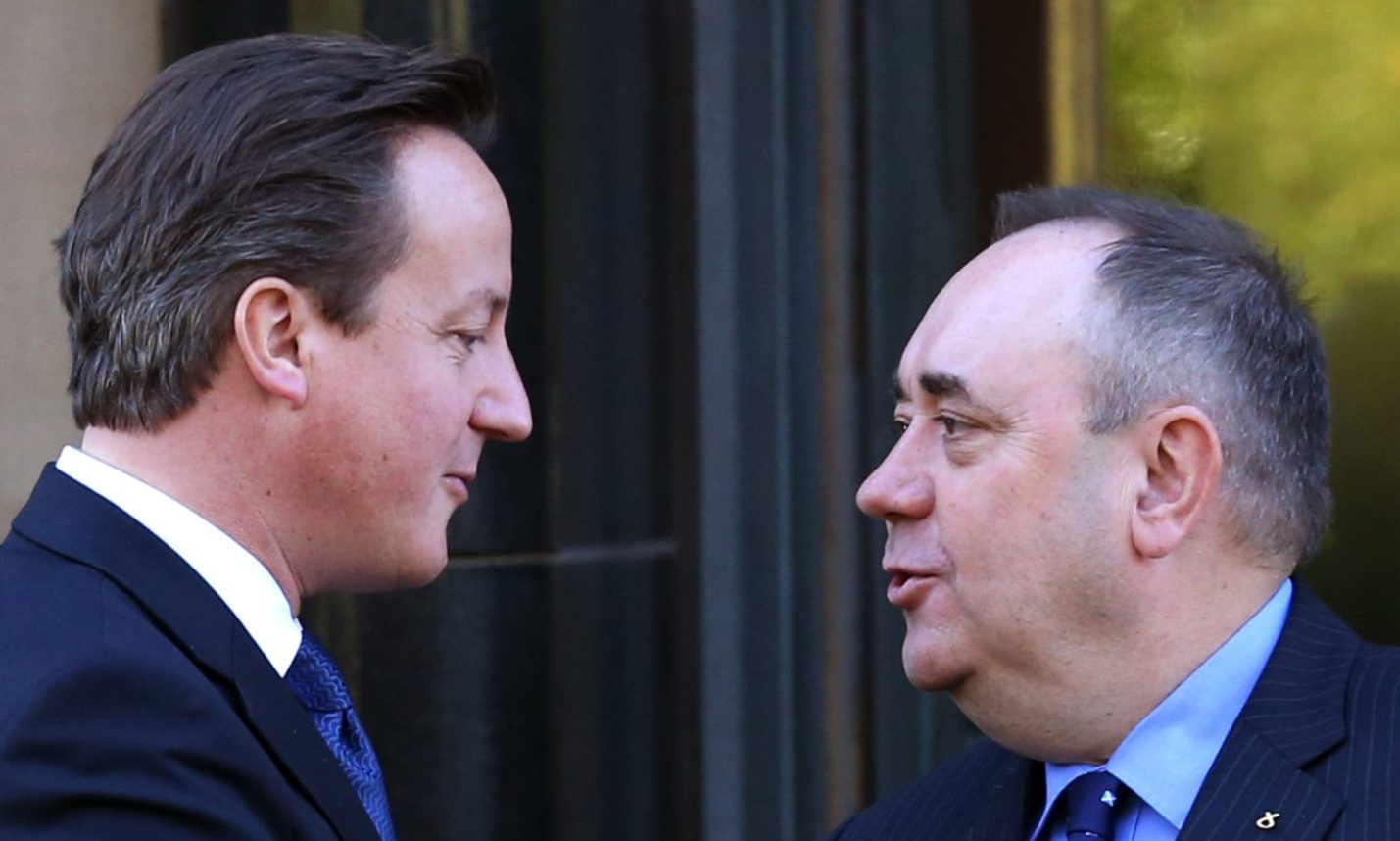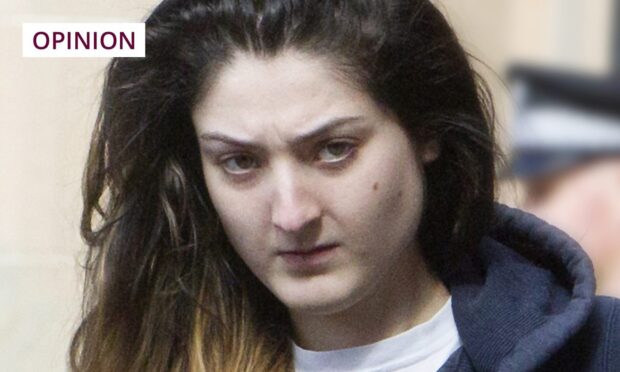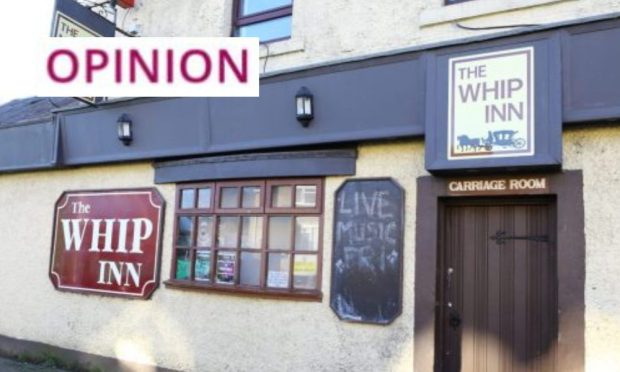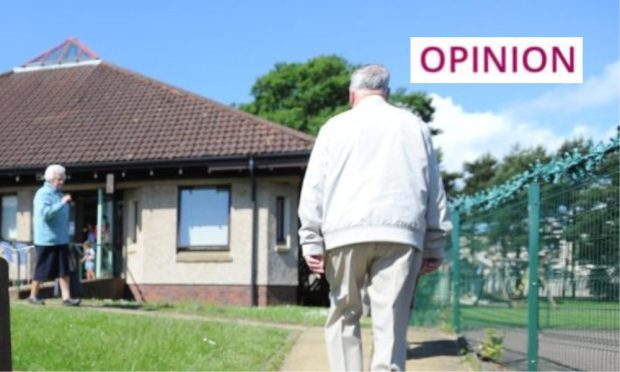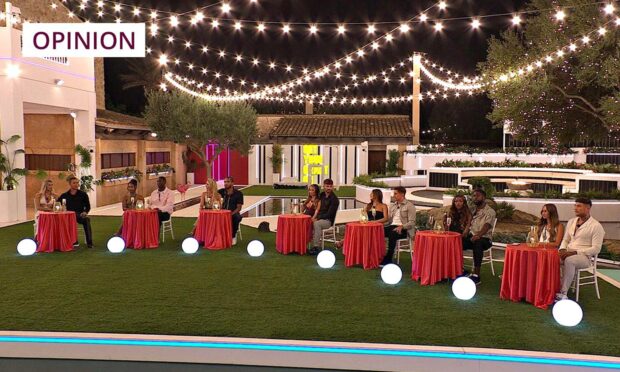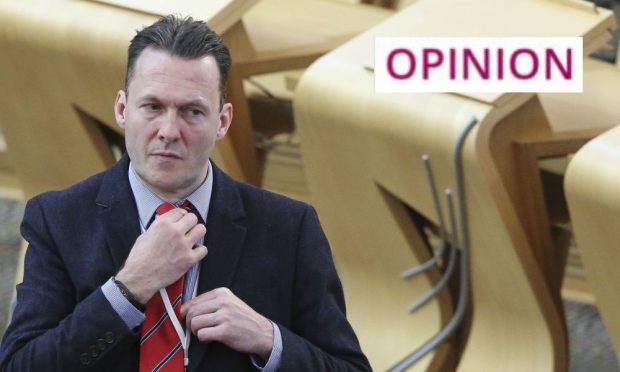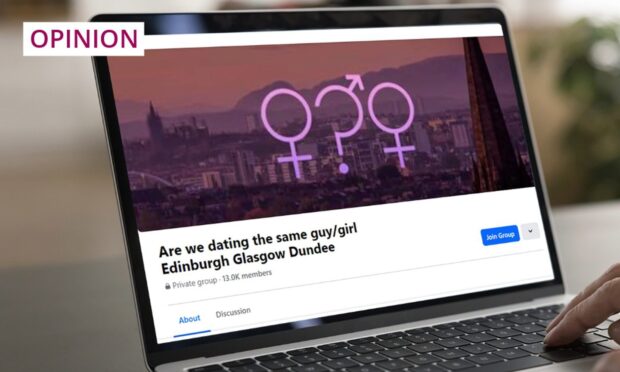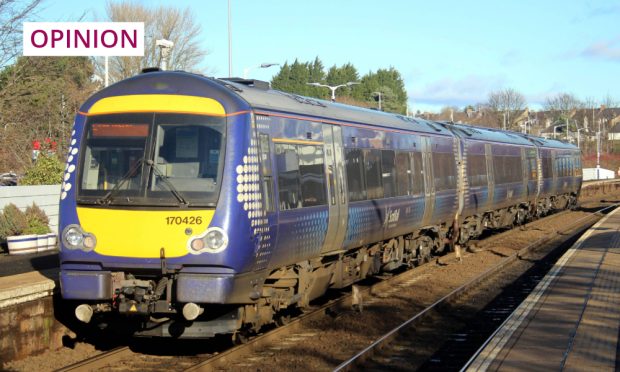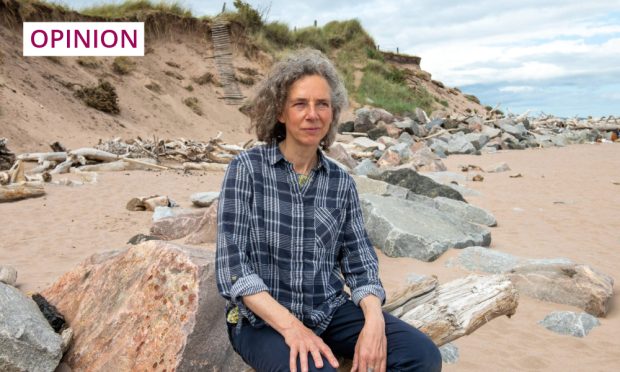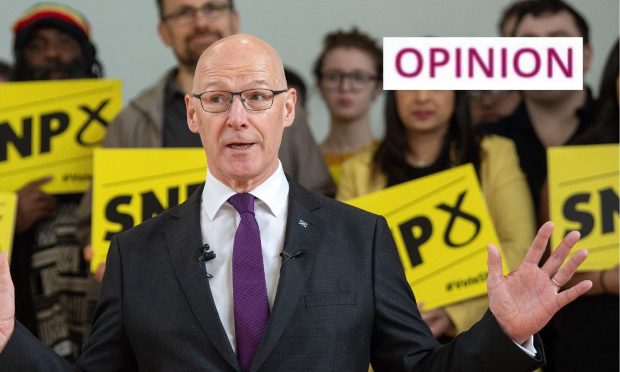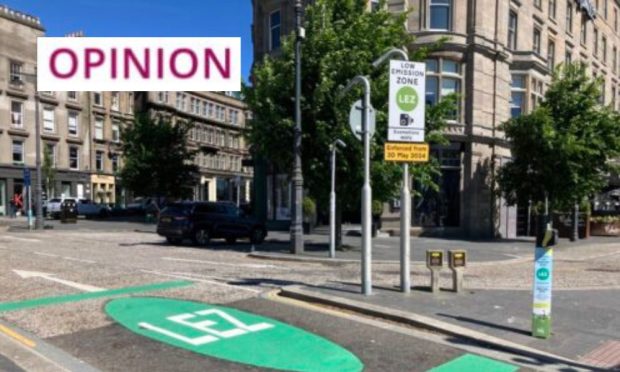Whenever I fret about the political and cultural reality in Scotland – as I do now – I reach for an album by Karen Matheson called Still Time.
I don’t so much listen to it as inhale it. Her voice and her choice of songs have acquired a new layer of that particular kind of maturity that only comes with the passing of time and bringing that life-experience to bear on her art.
The two-word title is relevant at all kinds of levels.
For the moment (and she is singing it on the CD player as I write this), I choose to bring it to bear on the particular impact this week might have on the wellbeing of my country.
‘Good choice of venue’
This weekend Dundee will host the Scottish National Party’s convention on independence.
The choice of venue is a good one. Dundee, known as the Yes City, is a stronghold of nationalist sentiment where the appetite for independence is strong among both party and non-party adherents.
Speaking as one of the latter, the convention sounds like a good idea, an opportunity to nudge the political agenda back where it belongs, which is how to achieve a referendum and independence itself.
One whiff of scandal – and whiff is still there is at the moment – and we tend to forget the basic principle that underpins every action and utterance within the nationalist movement.
We also tend to forget how far along the road to independence we are and how long we have been pursuing the cause.
There have been many setbacks on that road – but each time the SNP and the pro-independence inclinations of the natives came back stronger.
We also tend to forget that right now, the SNP is still in a position of strength and if it holds its nerve, performs thoughtfully and behaves well at the Dundee convention on Saturday, it will still be in a position of strength.
‘Disgruntled loudmouths’
The knives are out already, of course they are.
Increasingly, it seems, the relentlessly hostile London media and London political elite are finding echoes closer to home.
Self-promoting and disgruntled loudmouths within and outwith the party are relishing the current setbacks and unwittingly fuelling the glee of the London establishment.
Former cabinet minister Alex Neil’s rants fuel the ranks of sundry anonymous “insiders” who trawl the media of the land to vent their spleen and polish their grudges.
They are allowed to do it, of course, it’s a free country, but they do themselves and the country they profess to believe in no favours.
With any luck, no-one is listening to them.
Insights from those who broke new ground
For as long as I have been thinking about politics and Scotland I have been persuaded by the notion of an independent Scotland.
As a teenager growing up in Dundee it was purely instinctive.
In the intervening decades it has evolved into something much more considered, learning at first hand from the insights of others in all walks of life, some of whom – like Dr Robert McIntyre (the first ever SNP MP) and Gordon Wilson – broke new ground along the road.
And I remember a telling conversation in the mid-1980s with Eric Mackay, then editor of The Scotsman.
He was talking about the paper’s role in the 1979 devolution referendum and the great and the good who conducted their debate in the paper’s correspondence columns.
He said in the weeks leading up to the referendum he was receiving phone calls on a daily basis from Scots all over the world who were leaders in the arts, science and education.
They needed to know what was happening because they wanted to be a part of it all if the referendum succeeded.
It failed, of course, and Eric said the phone calls stopped overnight.
It took Scotland years to recover but look what the recovery has achieved in the 21st century, both politically and culturally.
And look at the headlong lurch into chaos that has come to pass for government in London.
Even as it disintegrates, it finds time to hobble an unwilling Scotland because it fears our self-confidence and appetite for freedom.
A crossroads beckons for Scotland. One way leads to the doldrums, both political and cultural.
The other way? It’s not too late. There’s Still Time.
